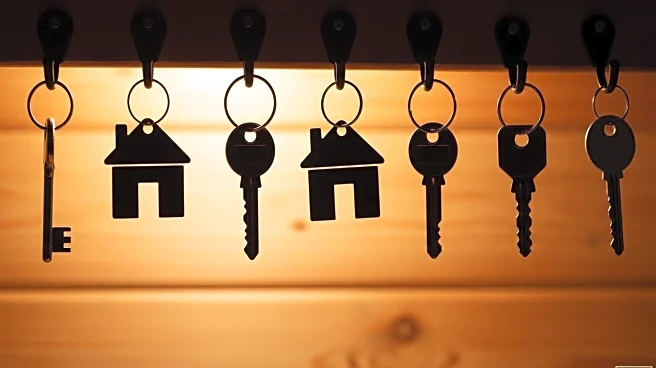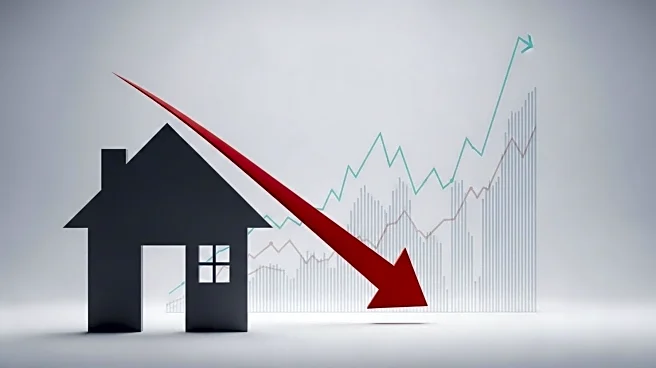What is the story about?
What's Happening?
In August, the median home listing price in Tuscarawas County remained stable at $229,900, identical to the previous month's figure, according to data from Realtor.com. This represents a 4.6% increase from August 2024, when the median price was $219,900. The statistics focus solely on homes listed for sale, excluding those sold. The median home size was 1,820 square feet, with a listing price of $144 per square foot, marking a 23% increase from the previous year. Listings in the county moved quickly, with a median of 35 days on the market, compared to the national median of 60 days. The number of new listings in August was 80, a 25.9% decrease from 108 in August 2024.
Why It's Important?
The stability in home listing prices in Tuscarawas County reflects broader trends in the real estate market, where prices have generally been rising. This stability can be significant for potential buyers and sellers, indicating a balanced market where demand and supply are relatively aligned. The quick turnover of listings suggests strong buyer interest, which could lead to competitive bidding and potentially higher final sale prices. For local real estate agents and investors, understanding these dynamics is crucial for making informed decisions about property investments and sales strategies.
What's Next?
As the real estate market continues to evolve, stakeholders in Tuscarawas County may anticipate further changes in listing prices and market dynamics. Potential buyers might need to act swiftly due to the quick turnover of listings, while sellers could benefit from the stable prices and high demand. Real estate professionals may focus on strategies to attract new listings and manage buyer expectations in a competitive environment. Monitoring economic indicators and housing trends will be essential for predicting future market shifts.
Beyond the Headlines
The real estate trends in Tuscarawas County may have broader implications for regional economic development. Stable home prices can contribute to community stability and growth, attracting new residents and businesses. Additionally, the decrease in new listings could signal a tightening market, potentially impacting affordability and accessibility for first-time buyers. Long-term, these trends might influence local policy decisions regarding housing development and urban planning.
AI Generated Content
Do you find this article useful?













